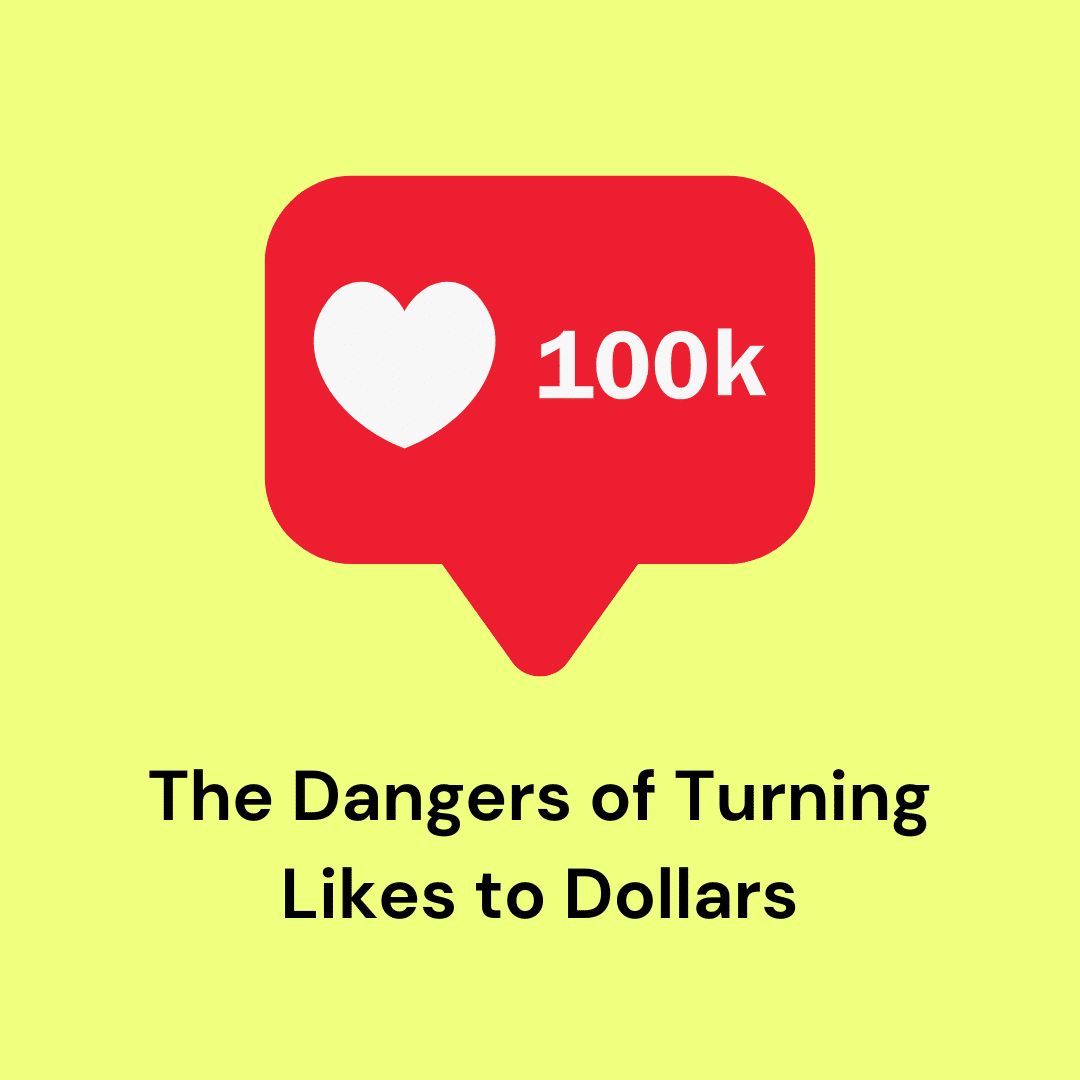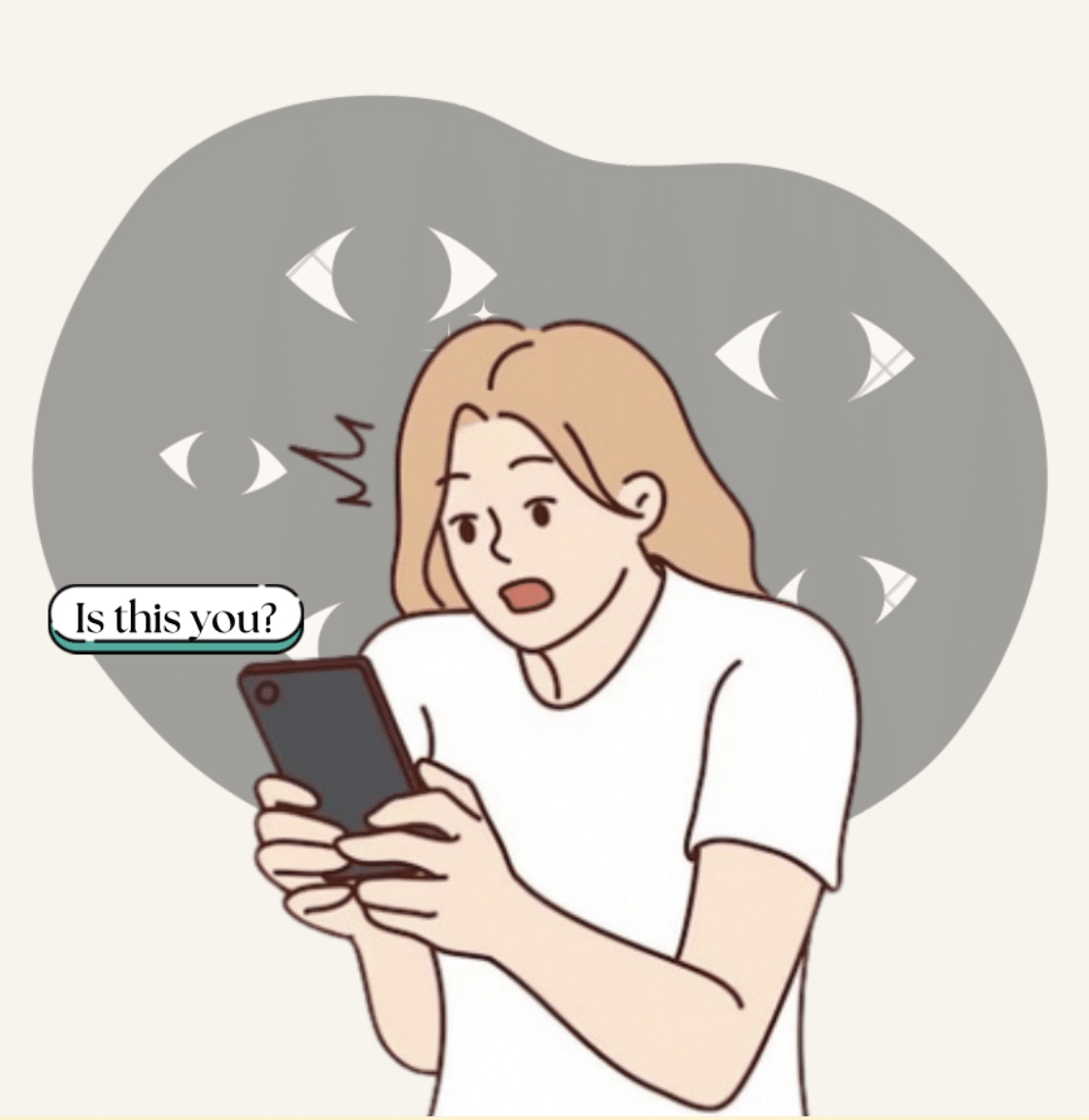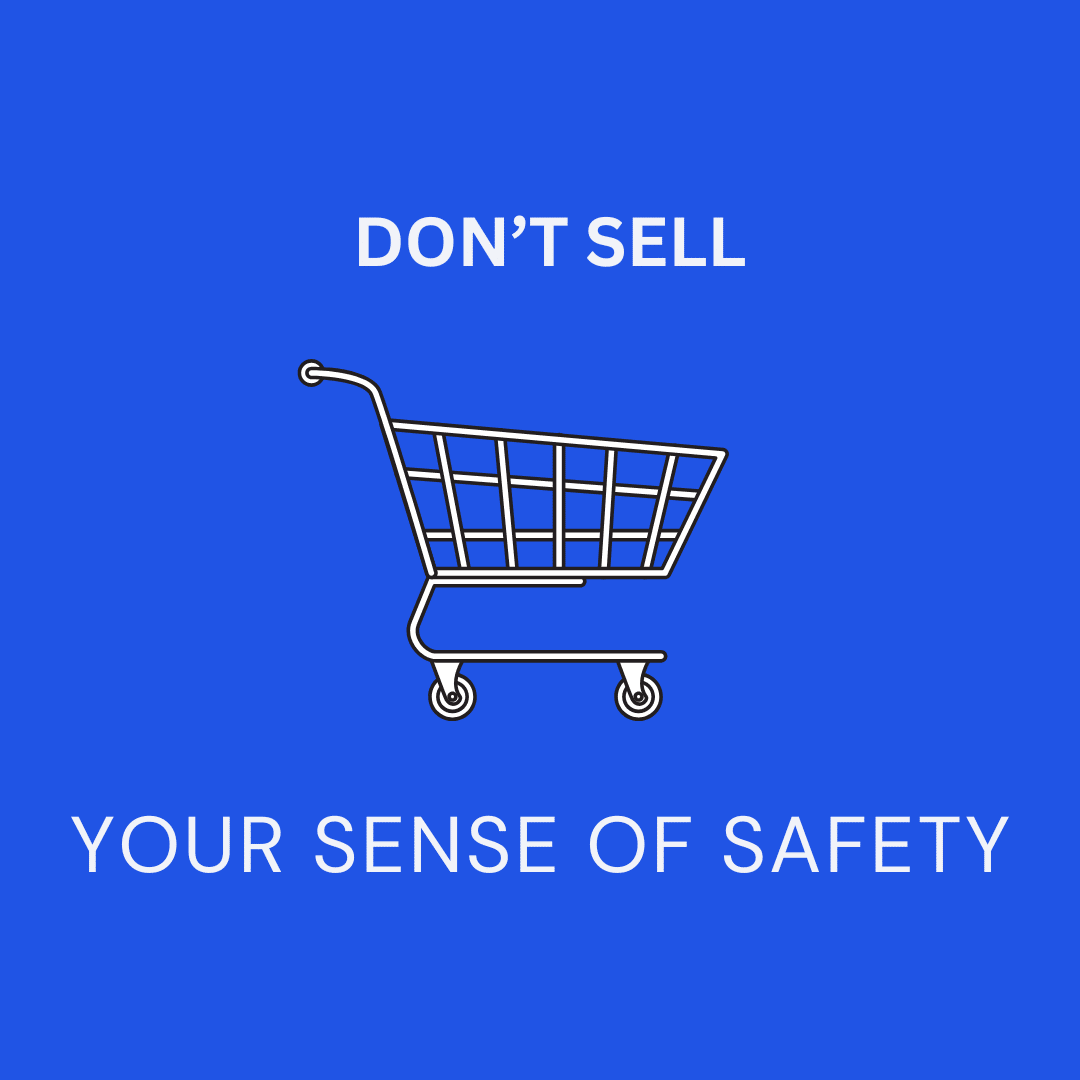What is Digital Mindfulness?
How do you keep your online boundaries while maintaining your digital health?

DEFINE IT.
Digital Mindfulness is the practice of fostering a healthy and safe digital environment for you and your friends. This includes prioritizing your mental health in your online communities and interactions, avoiding judging and victim-blaming, respecting digital consent, and sharing information intentionally and safely.

We can help build safer digital spaces by taking care of ourselves and each other online. When navigating tricky online situations, digital mindfulness is your friend.
Digital consent is about setting boundaries and respecting the boundaries others set. Here are some guiding questions to ask yourself to see if you’re practicing digital consent.
Friendly reminder: getting digital consent is important every time. If someone agrees to something before, they can revoke their consent at any time if they aren’t comfortable agreeing to it anymore.
Digital Consent
Digital Consent Settings
What types of online interactions or conversations are you comfortable with?
What type of personal information do you feel is safe to share or receive?
Are you being mindful about publicly re-sharing content that was shared in a private message?
Are you respecting others’ decision to say no to certain conversations, content, or availability?
Rejecting bystander effect
and victim-blaming
Online experiences can have IRL effects on real people. Part of digital mindfulness is exercising empathy in online spaces – the saying still goes, even over screen: treat people how you would want to be treated.
Friendly reminder: when we reject victim-blaming, we are opening space for our peers who experience online harassment or abuse to seek help.
Don’t join the hype. If you see someone bullying, harassing, or victim-blaming in public digital spaces (social media, forums, servers, etc), don’t join in on the negativity.
Be a support system. Offer affirmations or support to the person being harassed.
Start a conversation. Start a dialogue with your friends about how victim-blaming creates more shame than safe spaces.
Are any of your online interactions causing you anxiety or depression? You don’t have to wait for things to hit the fan! Prioritizing online self-care is something to consider. You’re practicing online self-care when you…
Online Self-Care
Set boundaries and stick to your boundaries
Trust your gut on when to step away from online interactions
Ask for help or talk to someone you trust about an online experience that made you uncomfortable
Choosing what and when to share
Part of practicing digital mindfulness is sharing information intentionally and safely. Avoid sharing information too quickly with a new connection or sharing information that is too personal in general.
So what if you shared some personal information already? Don’t panic. Keep an eye out for any trouble and ask a trusted adult for help if necessary.
Let’s talk about trust. Understand the implications of sharing personal info like your address, your school, your family, or your full name – do you really trust this person who’s receiving this info?
The Boundaries. Set and respect the lines you’ve set about what you’re comfortable sharing.
Ask for help when you need it. If you don’t feel comfortable saying no to questions about personal information, ask a friend or trusted adult for help.
It’s okay to log off anytime you feel the weight of online interactions. The internet will be here whenever you want to come back, whether it’s tomorrow or a month from now. It’s important to be patient with yourself if you decide to log off. Reflect on these questions:
Knowing
when to log off
How much time do you need away?
What would you change about your habits when you come back?
If the reason for a break is a certain person, have you considered blocking them or reporting them?
Need to talk?
Text NOFILTR to 741741 for immediate assistance.



